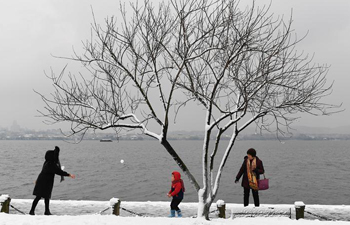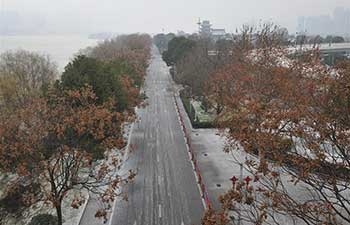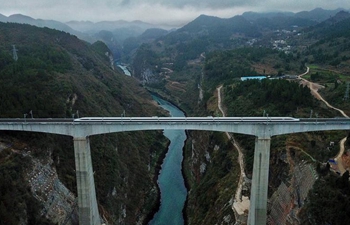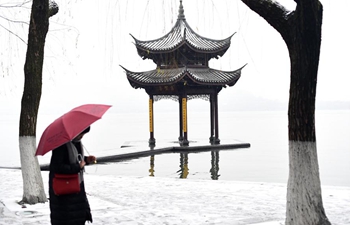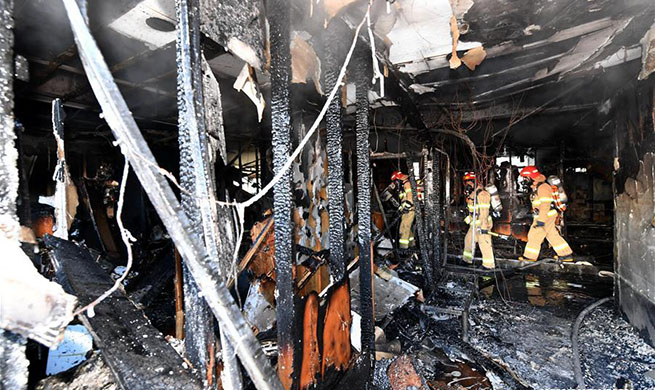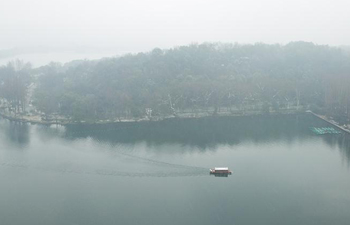MANILA, Jan. 26 (Xinhua) -- Philippine aviation authorities said on Friday that three airports in the Bicol region, including the Legazpi airport, have resumed operation after an erupting volcano forced the closure four days ago.
The Civil Aviation Authority of the Philippines (CAAP) said airports in Legazpi, Naga and Masbate have been reopened starting from 3:00 p.m. local time on Friday.
"Legazpi, Naga, and Masbate airports are operational pursuant to visual meteorological conditions," CAAP said in its advisory.
However, the authorities advised pilots flying near Volcano Mayon to exercise extreme caution as ash from any sudden eruption can be hazardous to aircraft.
The Philippine Institute of Volcanology and Seismology (Phivolcs) said alert level four remains in effect over Mount Mayon, as scientists warn of a "hazardous" eruption within days.
"The public is strongly advised to be vigilant and desist from entering the eight-kilometer-radius danger zone, and to be additionally vigilant against pyroclastic density currents, lahars and sediment-laden streamflows along channels draining the edifice," the Phivolcs said.
Nearly 77,000 people around the volcano have been evacuated to schoolhouses and temporary shelters.
The volcano continues to spew red-hot lava and huge plumes of smoke. Phivolcs said it has recorded "intense sporadic lava fountaining" from the summit crater.
"The lava fountains reached 150 meters to 500 meters high and generated ash plumes that reached 500 meters to three kilometers above the crater," the Phivolcs said in its latest advisory.
Mayon volcano, Philippines' most active one, is located in Albay province approximately 330 km southeast of Manila on the island of Luzon. It has been in a state of unrest since Jan. 13.
The volcano is a popular tourist destination in the Bicol region. It is famed for its near-perfect cone but has a long history of deadly eruptions. It has erupted 51 times during the last 400 years.
The dazzling nightly display of incandescent lava attracted tourists to make a weekend trip to Legazpi to witness the sporadic eruption.
In an 1814 eruption, more than 1,200 people were killed and three towns were buried under mud and rock.





